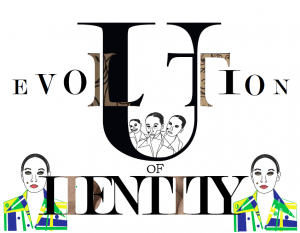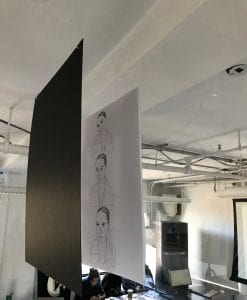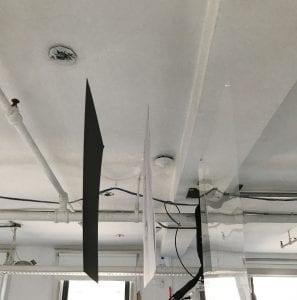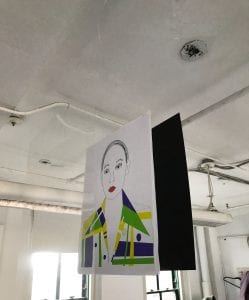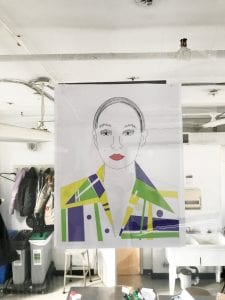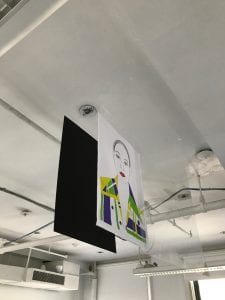Evolution of Identity
The exhibition aims to focus on the transformation through one’s identity over time. The experience of this is particularly formative, for one is searching for ways to identify themself and who they are. The teen year act as a liminal space, in which one is neither a child nor an adult. It is a time of transition where one is constantly evolving themself, doing so by assuming many masks and by putting on different faces to impress their peers, in a “monkey see, monkey do” fashion. This proposal applies itself to the idea of “fake” because teens are often performing in a way that shows others that they are confident in themselves, while more often than not, the opposite is true.
Yet the concept is not limited to only teenage years, for all of humanity goes through periods of transition in life. The idea of fake is not in the way of being disingenuous, but rather because they are cycling through different ways to present and express themselves in an effort to find their true identity. This show plans to focus on your inward and outward self and the different layers to humankind.
My personal piece consists of a digital self portrait of myself, Mylar, and a black sheet of cardboard. From the front perspective of the piece you see a clear sheet over an image of myself that is flat. It is displaying the way we as humans choose to show ourselves the universe. There is use of color and fine lines. Contrasting, from the back view, is a sheet of black cardboard which hides what is behind that last layer. Hidden is three self portraits that are displaying different emotions we go through as humans. It is meant to contrast the idea of our identity when traveling through our daily lives and our inward and outward selves.
The exhibition will be held at the Cooper Hewitt Smithsonian Design Museum. The architecture of the museum, built in the late 1800’s, contrasts heavily against the modern art showcased inside. This idea as well fit in well with the idea of “fake”, as the design of the building can be described as “old-fashioned” while the art inside is anything but that

